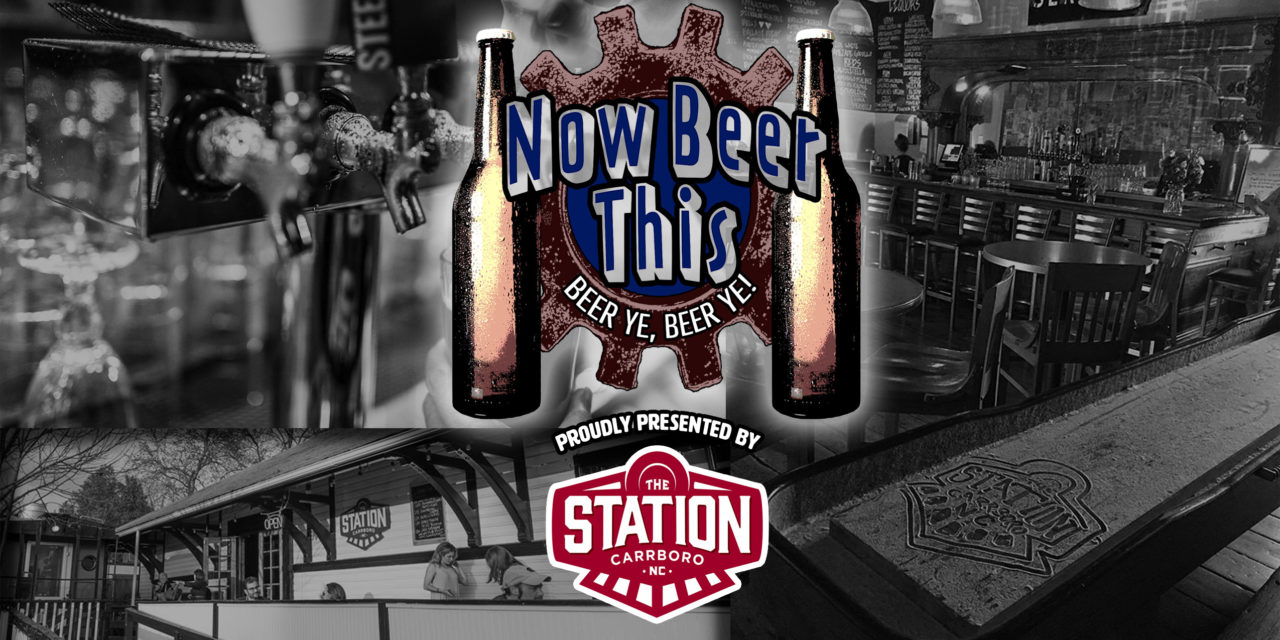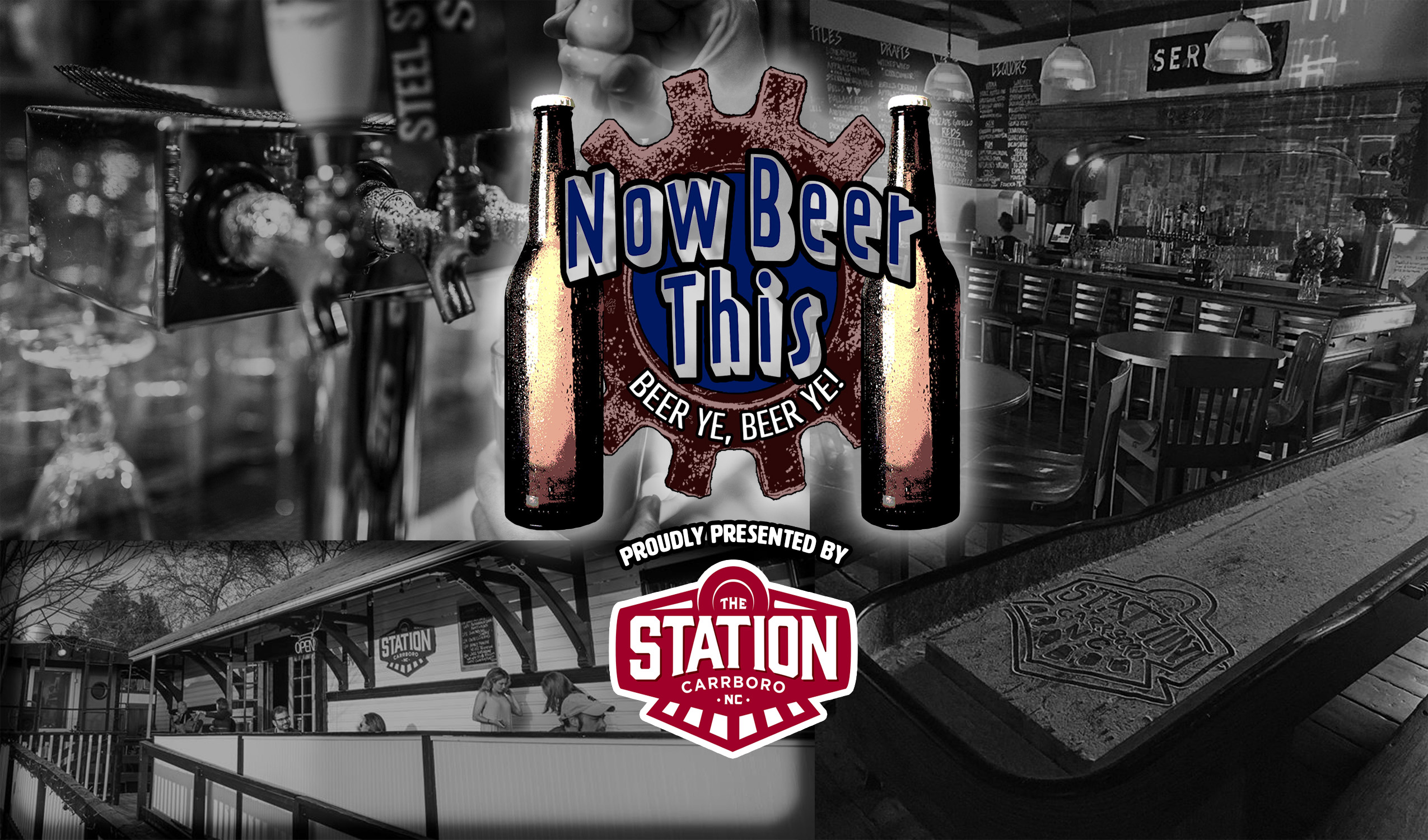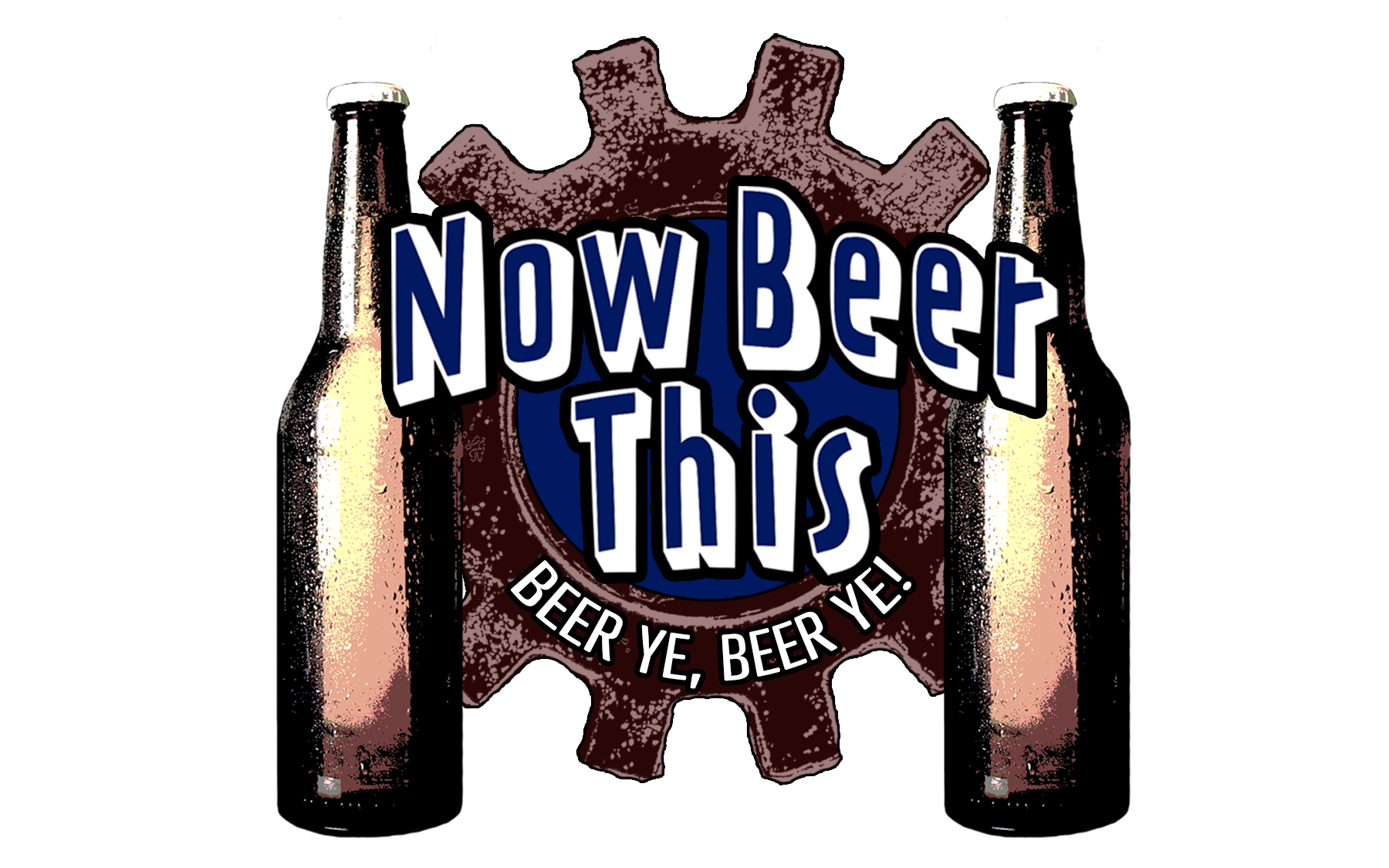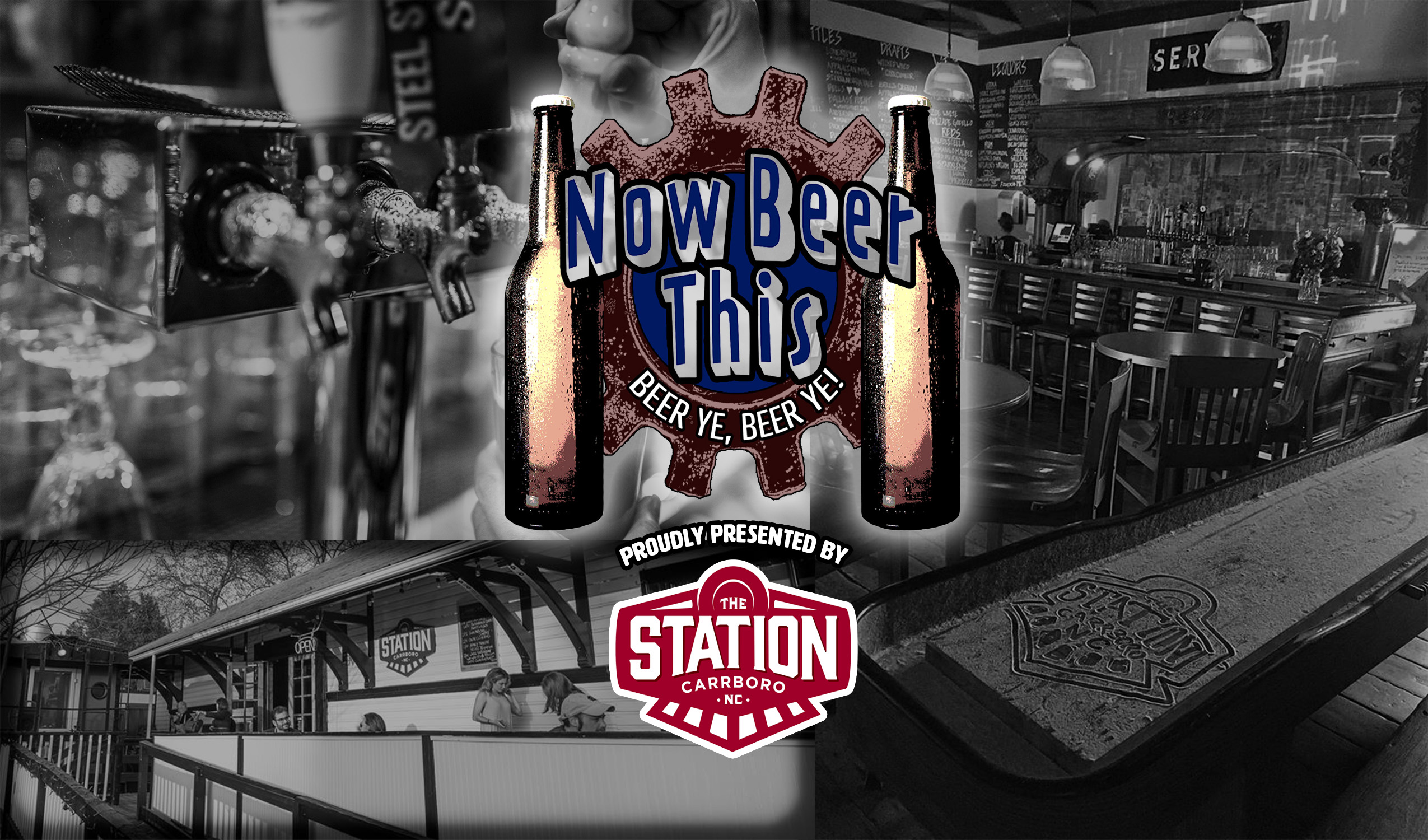Lots of beer you run into, particularly in the craft beer world, is going to have a grain bill exclusively consisting of malted barley. There are several beers, though, that incorporate other grains. Your favorite American Industrial Lagers use rice and corn, which don’t do much for flavor, but they get the job done (a variation on that statement should be their slogan). But there are several historical beer styles that use wheat for a considerable portion of their grain bill and these beers are rocketing in popularity.
Why? In a nutshell, wheat beers are generally sweeter – and people like sugar. So, what are these fabulous wheat beer styles you should be looking for? I’m so glad you asked:
Weissbier: I’ll give you a guess what “weissbier” means. This is a popular German style that many of you are probably familiar with. They are traditionally served in tall glasses that can carry the tremendous head their high CO2 levels generate. They’re sweet, and the German ones have a characteristic bubblegum and clove aroma that’s created by the particular yeast that is used to ferment this style. There are several offshoots of this general style: the Hefeweizen, for instance, which is unfiltered and the one you’ll see most in America. But there’s also the filtered version — the Kristalweiss — and the darker, maltier version, the Dunkelweiss, amongst others. Beer nerd note: The German beer purity law, the Reinheitsgebot, called for beer to only be made from malted barley, water, hops and yeast — but the Bavarian wheat beer was so popular, the law made an exception for top fermenting beers (which this style happens to be) as opposed to the bottom fermenting beers (lagers).
 Witbier: Also known as a Belgian White, this is a characteristically goofy Belgian spin on a staid German style. In addition to the always interesting Belgian yeast, they add spices like coriander and often dose it with citrus peel. Those wacky Belgians. Your friends at Coors have made this style popular by marketing their Blue Moon to you, but you should try Hoegaarden for a more accurate representation of this style. If you’re in to morning drinking, these bad boys mix surprisingly well with orange juice for a great morning pick-me-up. I won’t tell anyone that you tried it.
Witbier: Also known as a Belgian White, this is a characteristically goofy Belgian spin on a staid German style. In addition to the always interesting Belgian yeast, they add spices like coriander and often dose it with citrus peel. Those wacky Belgians. Your friends at Coors have made this style popular by marketing their Blue Moon to you, but you should try Hoegaarden for a more accurate representation of this style. If you’re in to morning drinking, these bad boys mix surprisingly well with orange juice for a great morning pick-me-up. I won’t tell anyone that you tried it.
Berliner Weisse: This is such a weird-ass beverage, I am hesitant to include it. But the craft beer boys, in the desperation to brew new and interesting things for a market short on attention span, have revived this nearly dead style and you see it a lot more now. It’s not bad, don’t get me wrong. It’s just… well, you’ll see. Try it, sometime. Imagine a highly carbonated Miller High Life, but with a several sour gummy worms in it, and then pour some syrup in it (the Berliners actually do add the syrup at the bar). It sounds like something your artsy grandma would drink, but you might be into that sort of thing. I don’t know.
Lambic: Back to our weird Belgian friends. Lambics contain about 30-40 percent wheat (a little less than the Germans use above), but the big deal about Lambics is their fermentation. The vast majority of commercially-made beers are pitched with a carefully cultivated yeast which the brewer knows intimately so as to guarantee particular characteristics from the final product. The Belgians ain’t got time for that. They just make their wort (grain soup) and leave it in a gigantic open vat (meaning no cover at all) and just let whatever’s floating around drop in and start the fermentation business. These folks are super weird about it, too. There’s one lambic producer that was so superstitious about its brewery’s floating ferment-y bugs, that when it had to move it tore down a wall and brought it with them to put in their new brewery. So, so, so bananas. Lambics tend to be really low in carbonation, and are often more commercially available with a hefty dose of fruit to liven them up. Weird as they sound, they’re often delicious and refreshing, as long as they aren’t too old and oxidized from the trip over and waiting for your lazy, cheap butt to buy them. Gueuzes are a related style that are traditionally a blend of one, two, and three year-old lambics. They are highly carbonated and have that funky, barnyard-y character that many lambics exhibit, too, but with more bubbles. Why? Because Belgium, that’s why.
There ya go. Run out to your favorite cool beer joint (Southern Season, Sam’s, insert local-beer-store-here) and find some representatives of each of these and have yourself a fun wheat beer taste test and see what you like. Try ‘em all! I could be wrong — but I bet it won’t be the Berliner Weisse.






